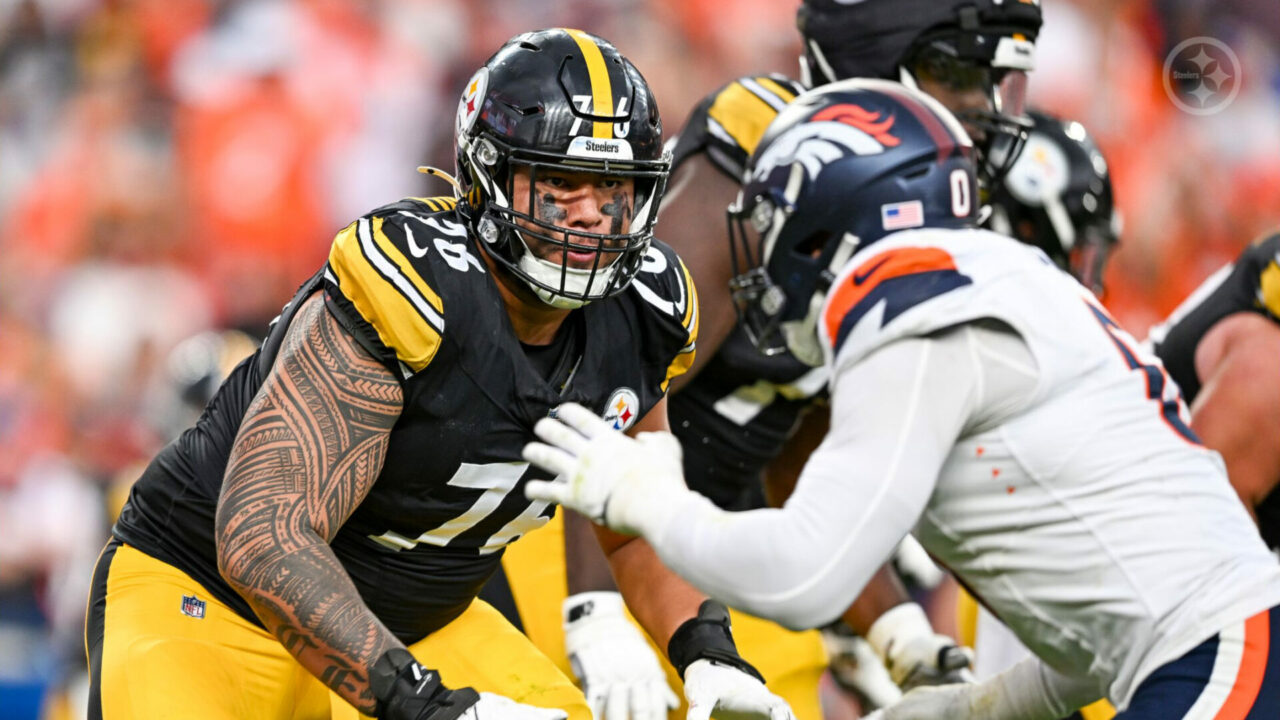You Make The Call: Was Vince Williams robbed of a stripped ball?
You Make The Call is a weekly feature from Steel City Underground which will challenge fans to examine officiating call(s) made in the previous Pittsburgh Steelers game. The goal is not to whine about calls, as we cannot change them long after the fact! Instead, this column is an opportunity to open discussion where fans can debate on and better educate themselves about the rules of the game.
Just when you think you’ve seen it all, another decision on the field takes the cake!
With the Steelers trailing in a one-score game in the third quarter, the Colts have the ball on their own 33-yard line. Indianapolis QB Jacoby Brisset steps back to pass and fires a short toss to his running back Frank Gore. Gore carries the ball seven yards upfield where he is met by a single Steelers defender, LB Vince Williams. Williams makes contact with Gore, but doesn’t fully wrap him for a tackle, rather, grabs the football and pulls it away from Gore as the two tussle to the ground. It appears, momentarily, that Williams has forced a turnover.
Here’s the play in real time:
I ask that you watch that again and listen for an officials’ whistle, as well as look for the referees in the TV frame as one declares the ball down by contact while another is signaling for a change in possession. Yet, that’s not what head referee Clete Blakeman determines as the zebra’s huddle to get on the same page. Blakeman says that Gore’s forward progress is stopped, and the Colts retain possession.
That’s where we start to dig into the NFL’s rules. Forward Progress is defined by the NFL rulebook as:
The Forward Progress of a runner or airborne receiver is the point at which his advance toward his opponent’s goal ends and is the spot at which the ball is declared dead by rule, irrespective of the runner or receiver being pushed or carried backward by an opponent.
To further understand forward progress, we must also review when a the ball shall be declared dead:
An official shall declare the ball dead and the down ended:
(a) when a runner is contacted by an opponent and touches the ground with any part of his body other than his hands or feet.
(b) when a runner is held or otherwise restrained so that his forward progress ends.
Furthermore complicating matters is that forward progress is something which cannot be reviewed by instant replay:
Whether a runner’s forward progress was stopped before he went out of bounds or lost possession of the ball.
That’s the only certain determination as Steelers head coach Mike Tomlin throws the challenge flag, and then has his own huddle with the officiating team.
The Steelers would lose a timeout due to throwing the challenge flag on a nonreviewable play. However, let’s further examine what occurred on the field to see if Blakeman’s crew was, in fact, correct on ruling forward progress. We can potentially make a case for Williams “pushing” or “carrying” Gore backward. We can also make a case that he’s not “holding” Gore, but he does “otherwise restrain” him by going for the football.

The initial point of contact is at the Colts 40-yard line. Williams is the only Steelers defender who makes contact, and as the play ends, Williams actually ends up behind Gore.

That begs the question: what if Gore wasn’t down by contact and continued playing? Would the officiating team have blown the whistle? Is there a whistle which sounds, but cannot be detected by TV due to crowd noise, etc.?
Or was a referee jumpy with signaling for the play to end too soon?
Or was there no signal at all and this was the best decision Blakeman’s crew could arrive at while determining what happened on the field? Would the officiating team have been better off ruling a turnover and allowing the command center in New York determine if forward progress were stopped, solidifying a black-and-white rule rather than allowing a judgment call to take a potential game-changing turnover away from a team down eight points?
I look forward to reading your comments soon!








